Overall, prices are expected to go up by 2-3%. Postal rates are supposed to be tied to the Consumer Price Index which is running in the 2-3% range. The USPS needs their rates to be in line with this index except in the following circumstances:
1. Unused Rate Adjustment -- They did not adjust past rates to the full levels allowed.
2. Exigent Circumstances - They have drastic conditions that require them to raise rates to higher levels. This is our big worry because anyone could argue that we have justification for larger increases.
For the past 15 years, I have been creating comparison charts for my clients that go over the changes in rates to show how it will affect their budgets. The reason that I do this is that when the USPS talks about a 2-3% increase, this is overall. Based on the type of mail you do, the increase could be higher or lower. You need to look at the class, weight, zone, density and special services required to see the true impact. Also, when you look at the new rate charts provided by the USPS, they typically will not show the level of detail needed (Previous and new rates side by side) to see these differences. Please click the "download PDF" button at the end of this piece to get a copy of these rates in a simplified PDF format.
The remainder of this article is to pull out areas where the increases are going to be higher or lower than the averages and how the changes will affect you.

Commercial
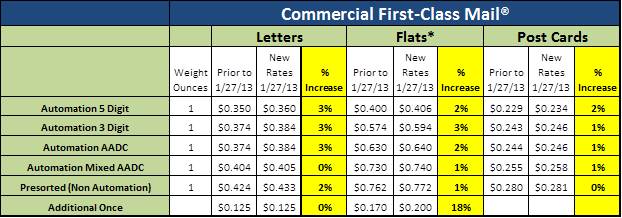
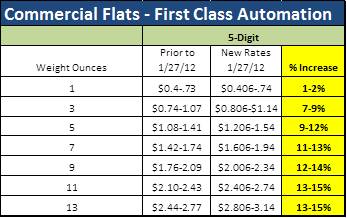
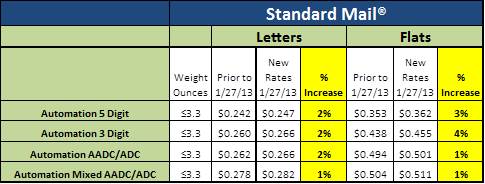
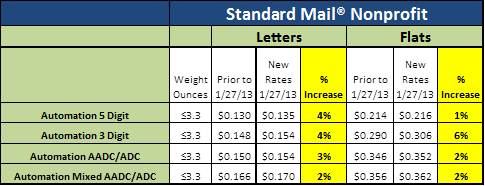
The main changes from the proposed rates occurred with Standard Mail and Non Profit Flats. Rates went up overall about 1% but this could be slightly higher or lower based on the sort level and weight.
Shipping Services
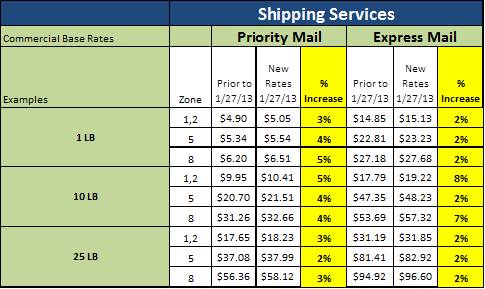
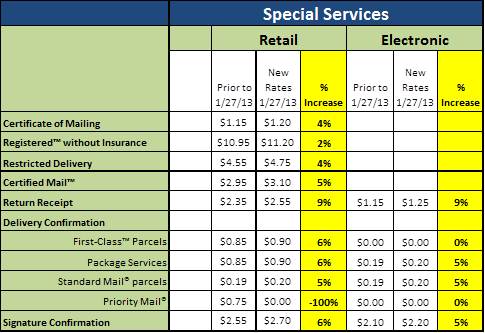
There are a couple of interesting points that are worthy of bringing up around special services:
1. Certified Mail with Return Receipt -- Retail increases from $5.30 to $5.65 (7% increase) and with Electronic Notification from $4.10 to $4.35 (6% increase).
2. Retail Delivery Confirmation on Priority Mail -- It used to be $.75 each and is proposed to be FREE!
Overall if you were to increase your budget by 3% for 2013 you should be safe. It is impossible to compare every rate but these are the most common mail classes used by business mailers throughout the United States. I hope this format is an easy way to plan for the upcoming increase and to make comparing rates simple.
Adam Lewenberg, CMDSS is President of Postal Advocate Inc. with over 19 years of experience in the mail industry. Their mission is to help entities with large numbers of locations reduce mail related expenses, recover lost postage funds, and make their spends easy to manage. He can be reached at (617)372-8653 or adam.lewenberg@postaladvocate.com.










